Artistic interventions and public program about art as space of knowledge and the relation between art and other forms of knowing.
…to stand on the meeting of two eternities, the past and future, which is precisely the present moment is an artist residency where a group of artists were invited to produce small interventions in the space of Concepcion41 in relation to the idea of art as a form of knowledge and its relationship with other fields of knowledge, particularly the sciences. In contrast to the dominant trends – widely prevalent in Guatemala and the region – that conceive of art merely as a means of expressing a sentiment belonging to the realm of intuition, …to stand on the meeting[…] sought to inquire into the methods in which knowledge is produced within art and other disciplines (other species, even), and to strengthen the mechanisms of support and exchange of information between them.
The residency took place as a week-long stay in La Antigua, Guatemala during which time the artists produced individual interventions, concluding with an informal seminar in which artists and scientists discussed the ideas that guided the residency project, from points of view apparently antithetical, but that are complimentary to each other.
ARTISTS:
Stefan Benchoam
Maria Fernanda Carlos
Alfredo Ceibal
Federico Herrero
David Marín
Naufus Ramírez-Figueroa
Lourdes de la Riva
Diana de Solares
Daniel Steegmann Mangrane
Vivian Sutter
Pablo Swezey
INVITED BLOGGER:
Oscar Pineda
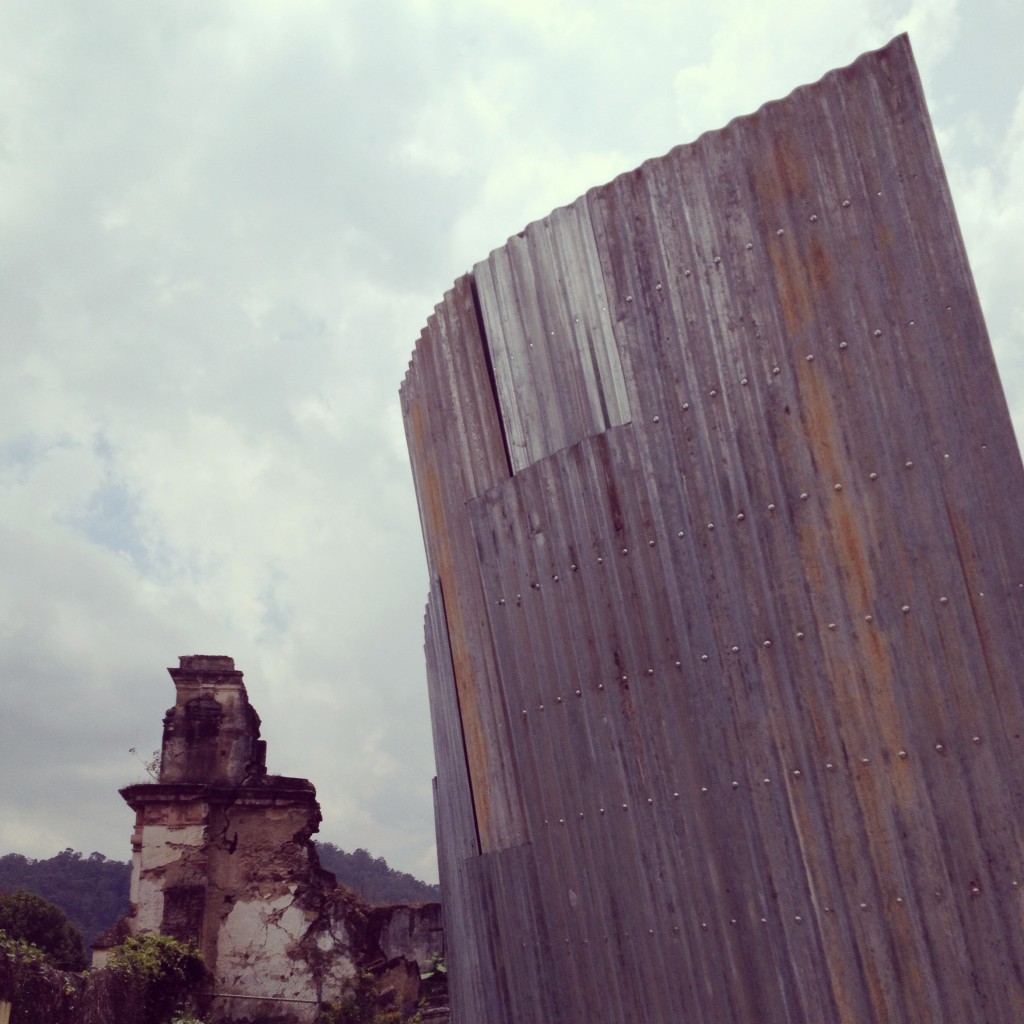
PABLO SWEZEY
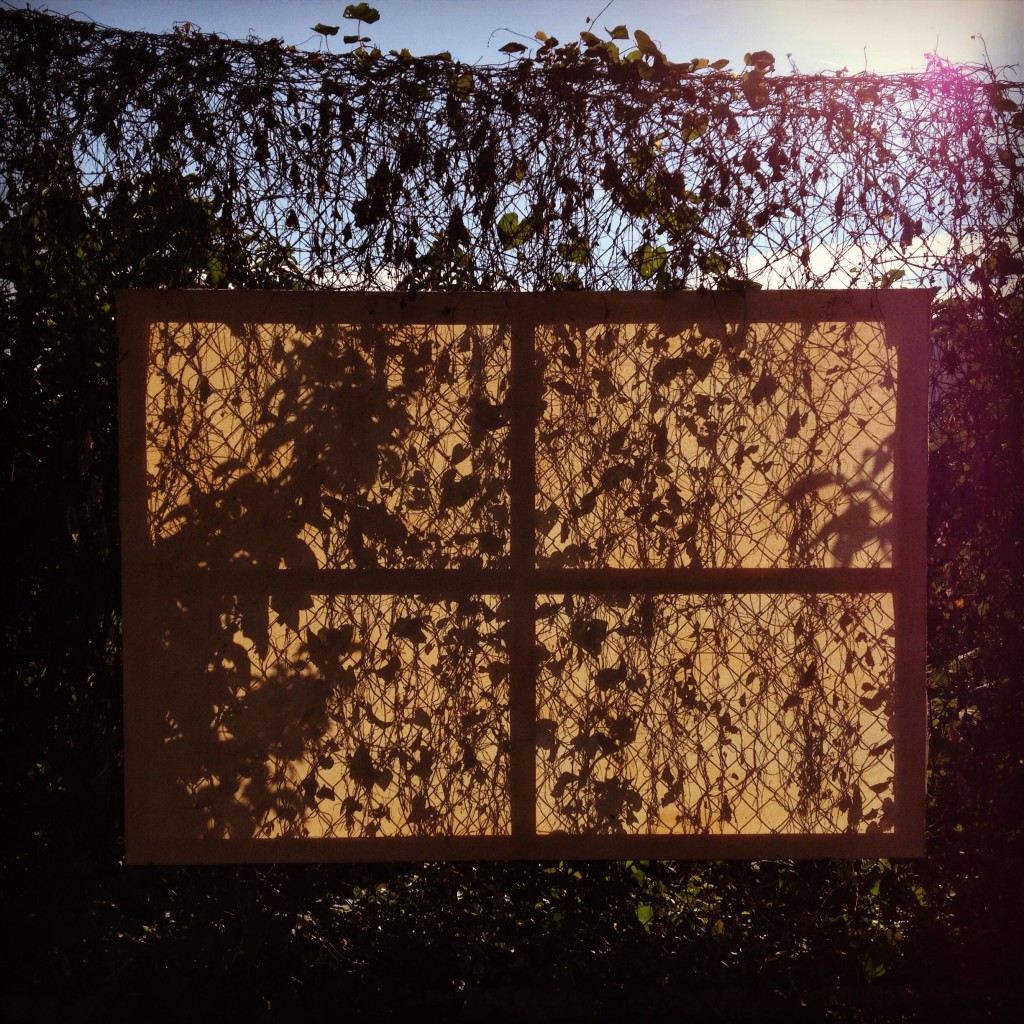
VIVIAN SUTTER
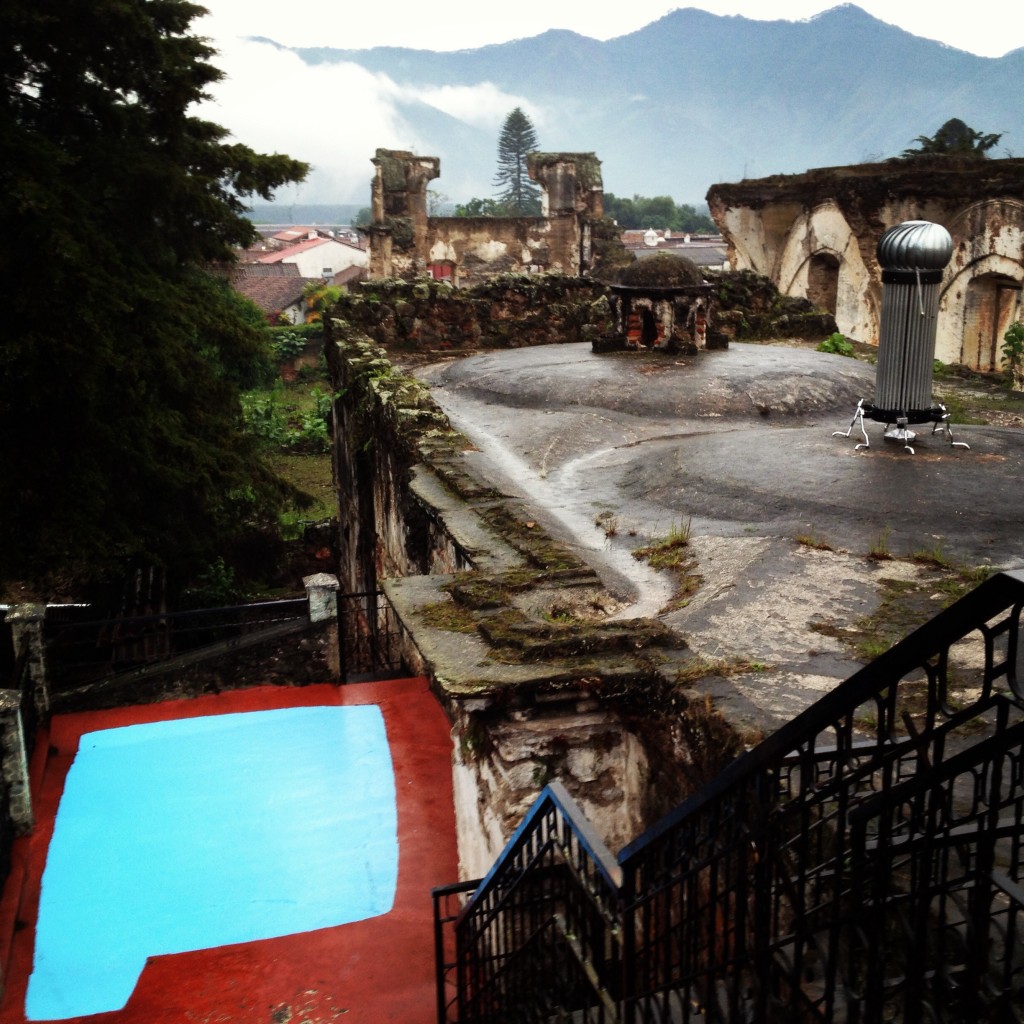
FEDERICO HERRERO
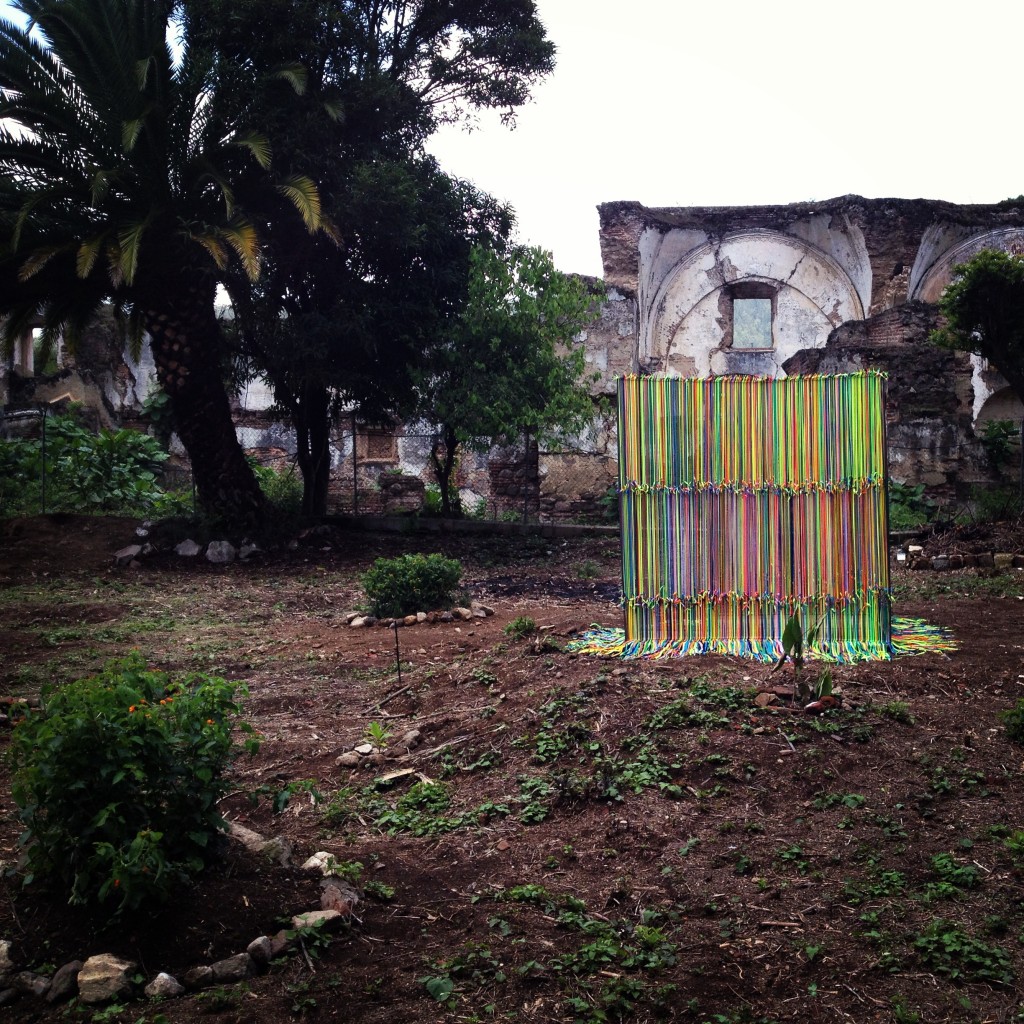
DIANA DE SOLARES
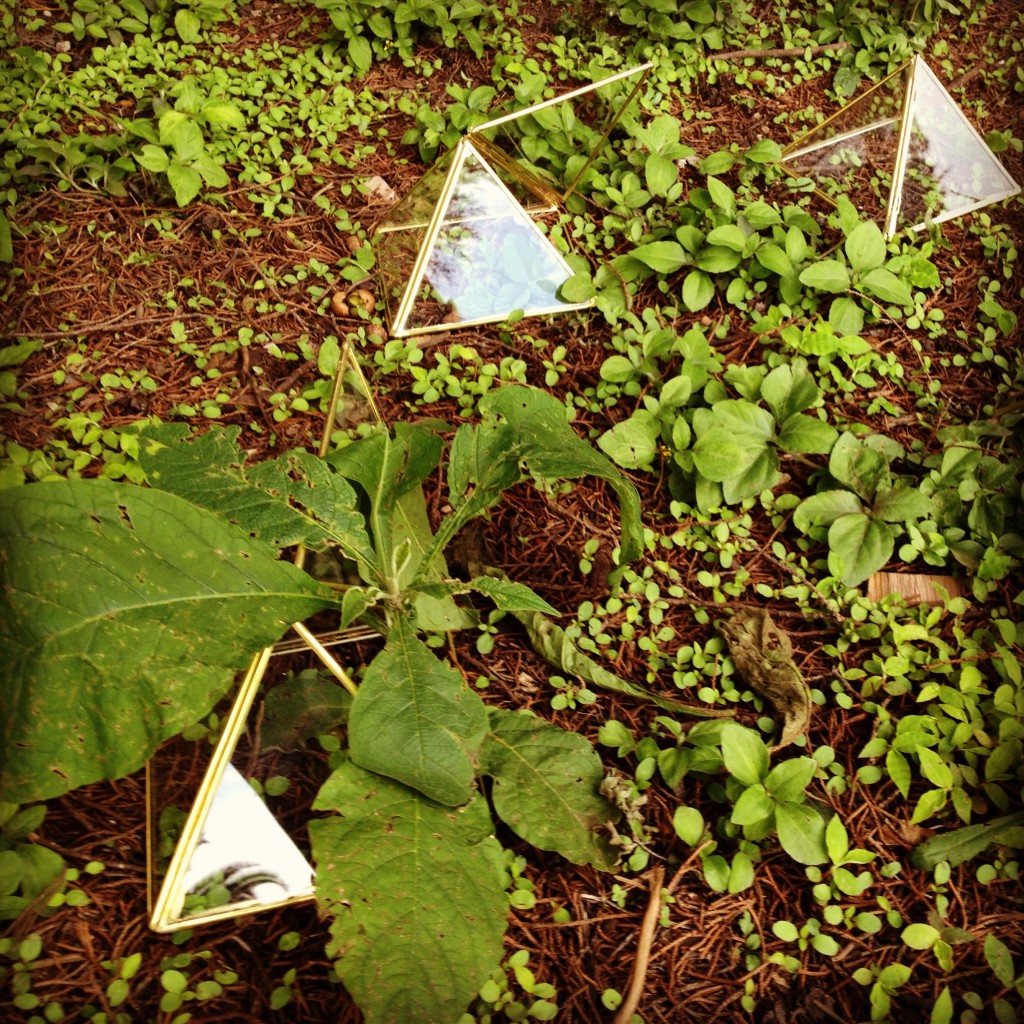
LOURDES DE LA RIVA
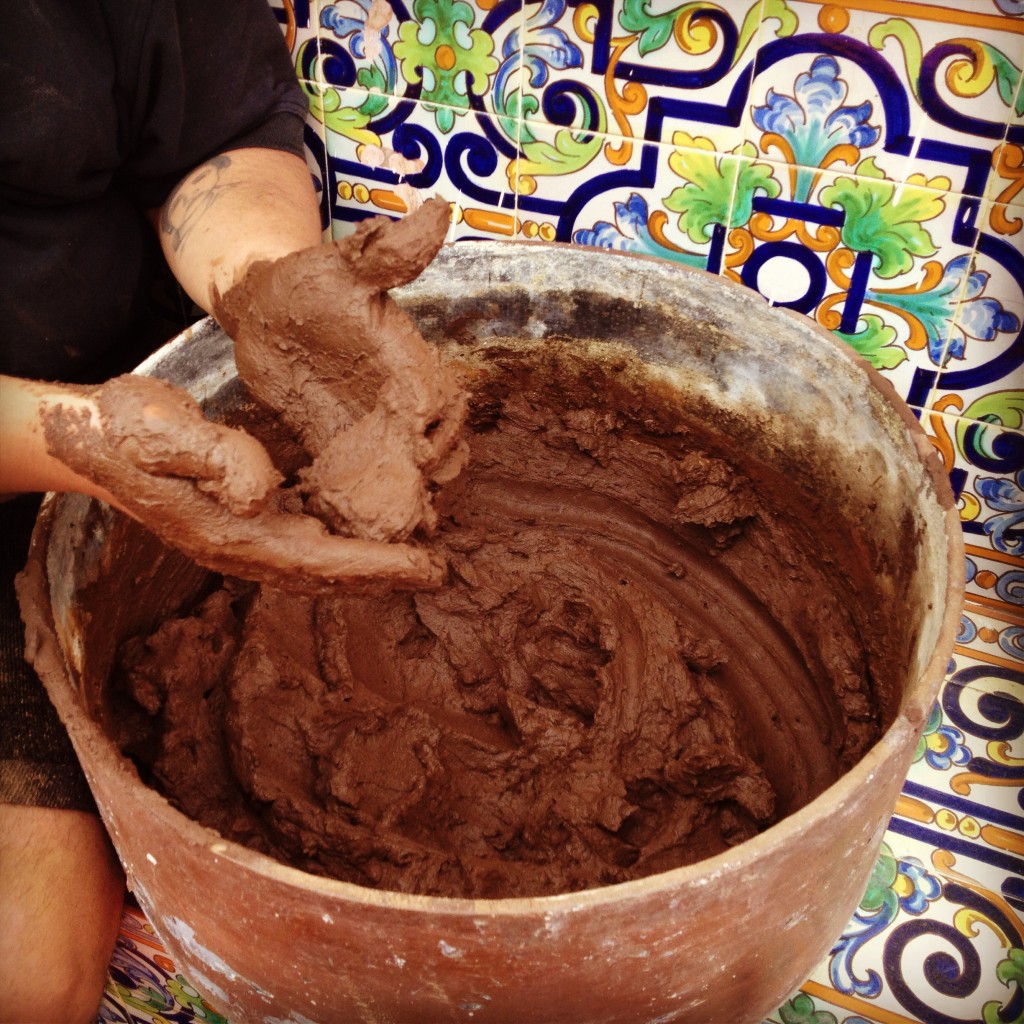
NAUFUS RAMIREZ FIGUEROA
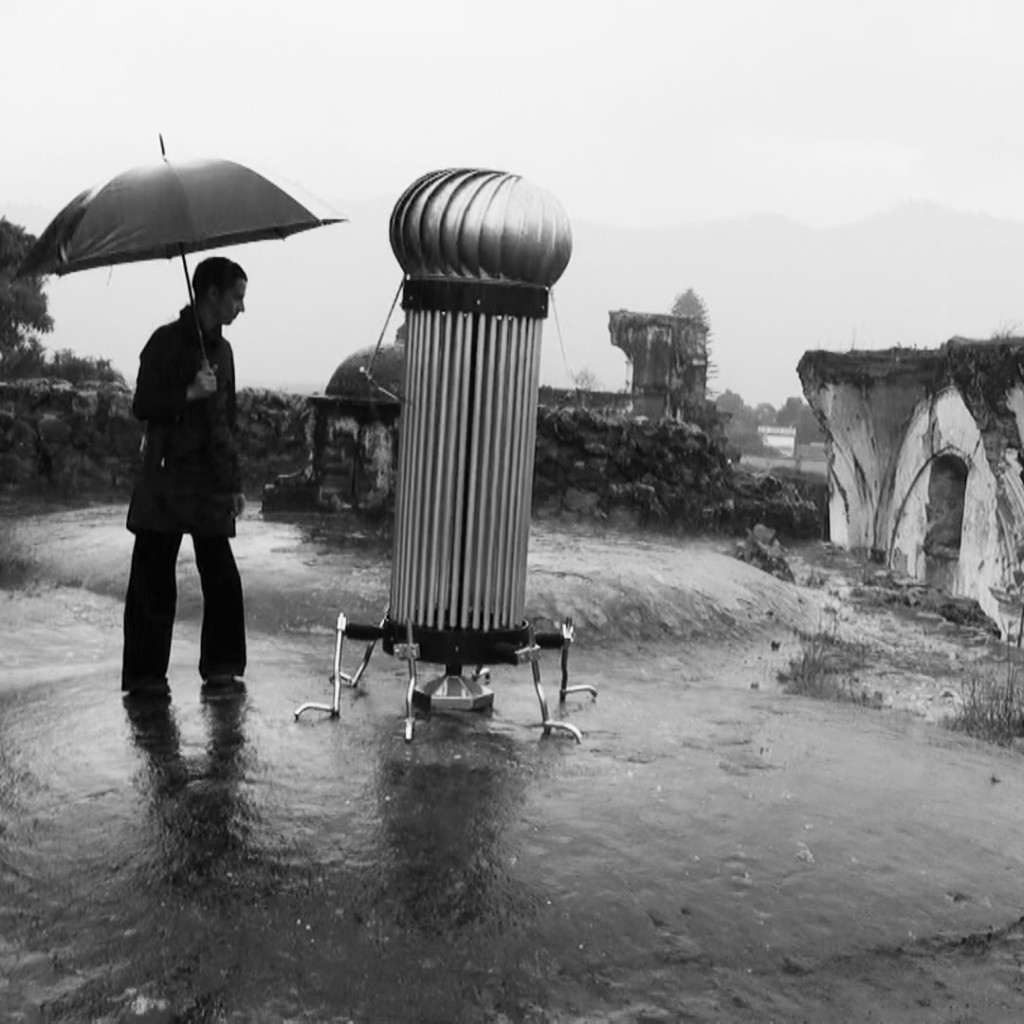
DAVID MARIN
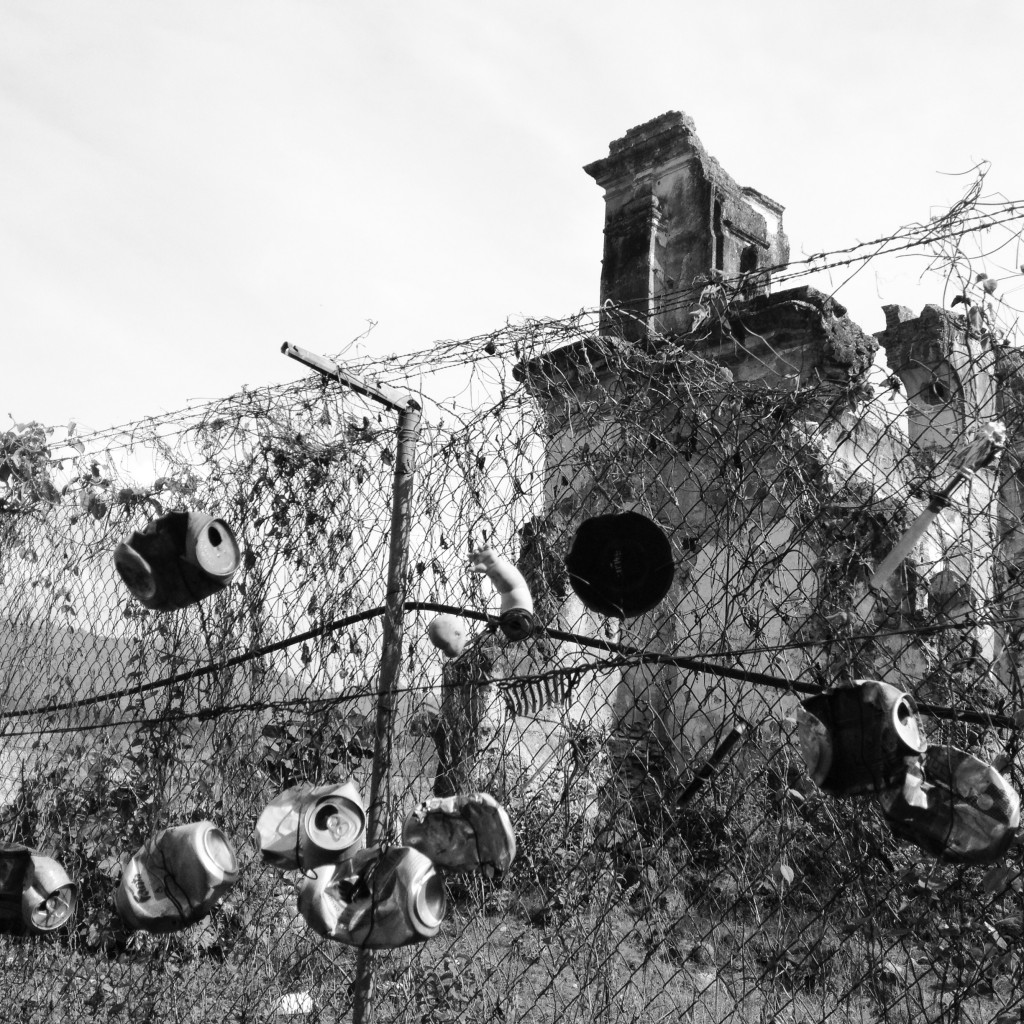
ALFREDO CEIBAL
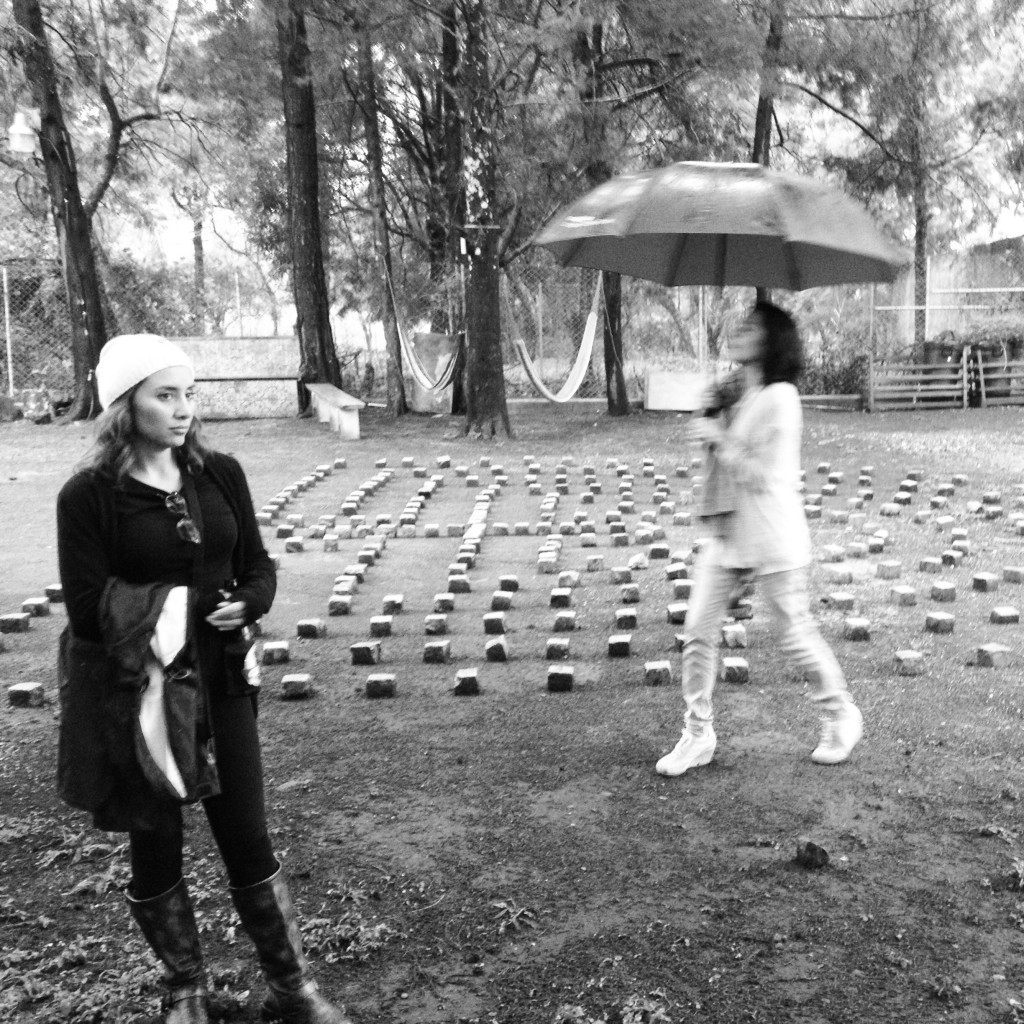
MARIA FERNANDA CARLOS
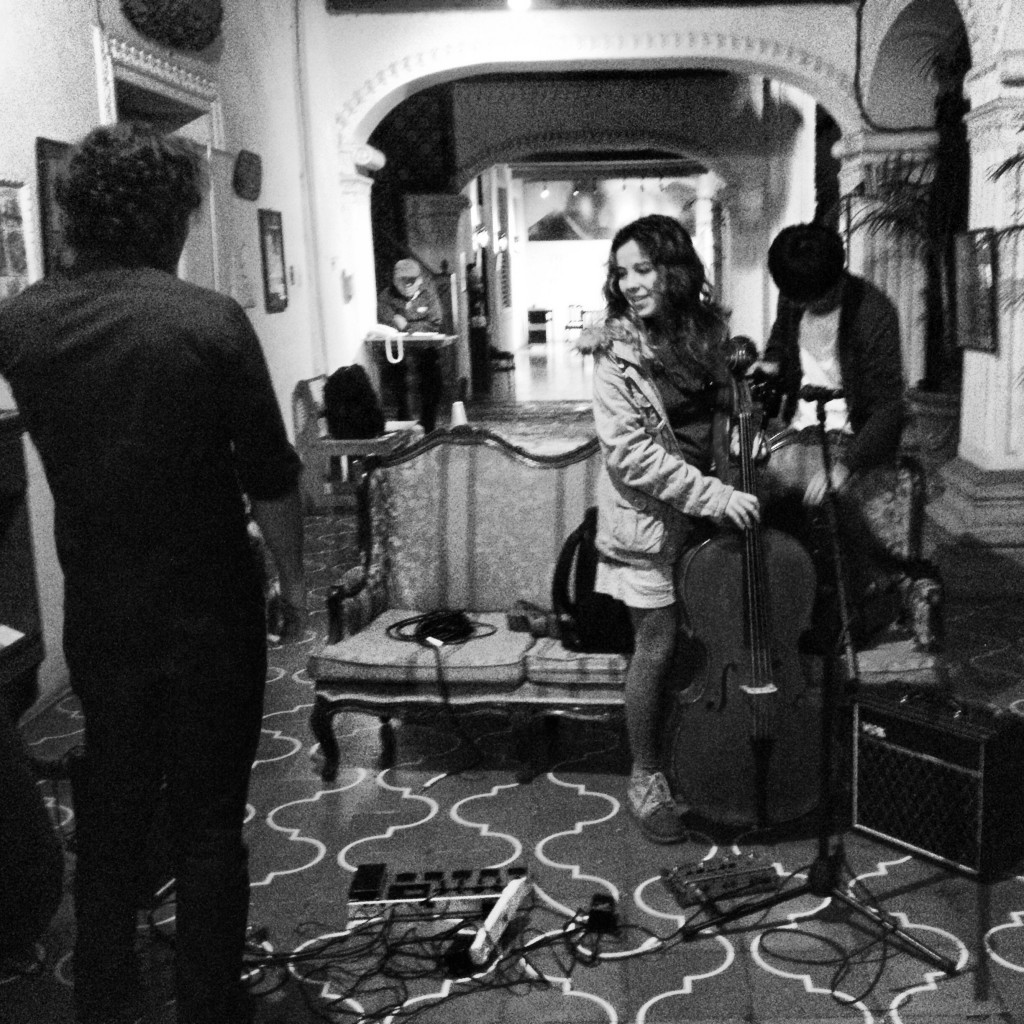
FRAEKK
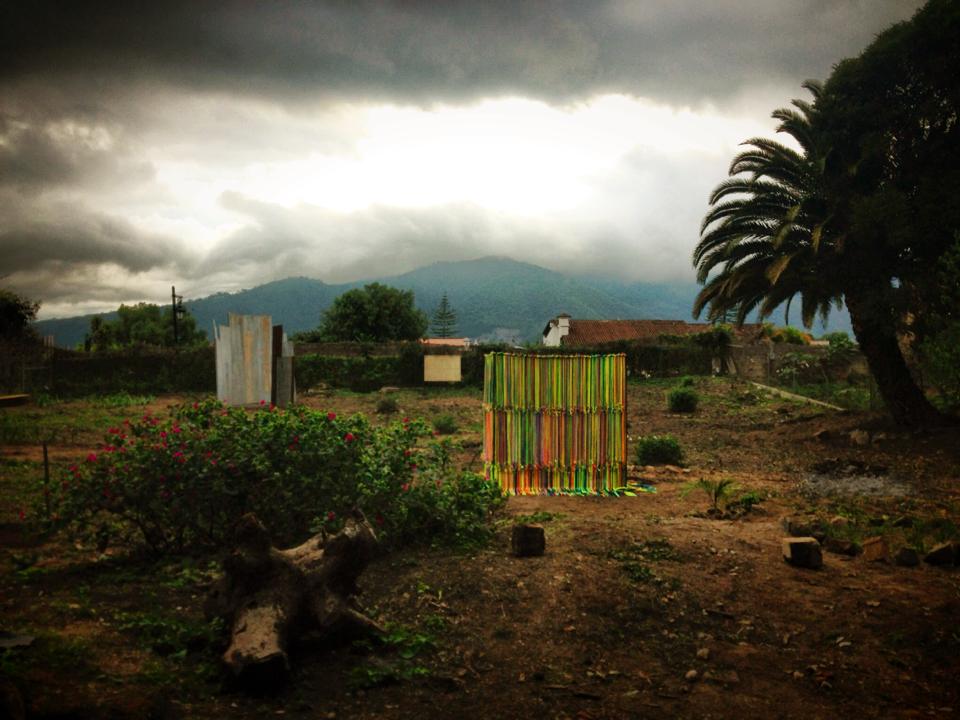
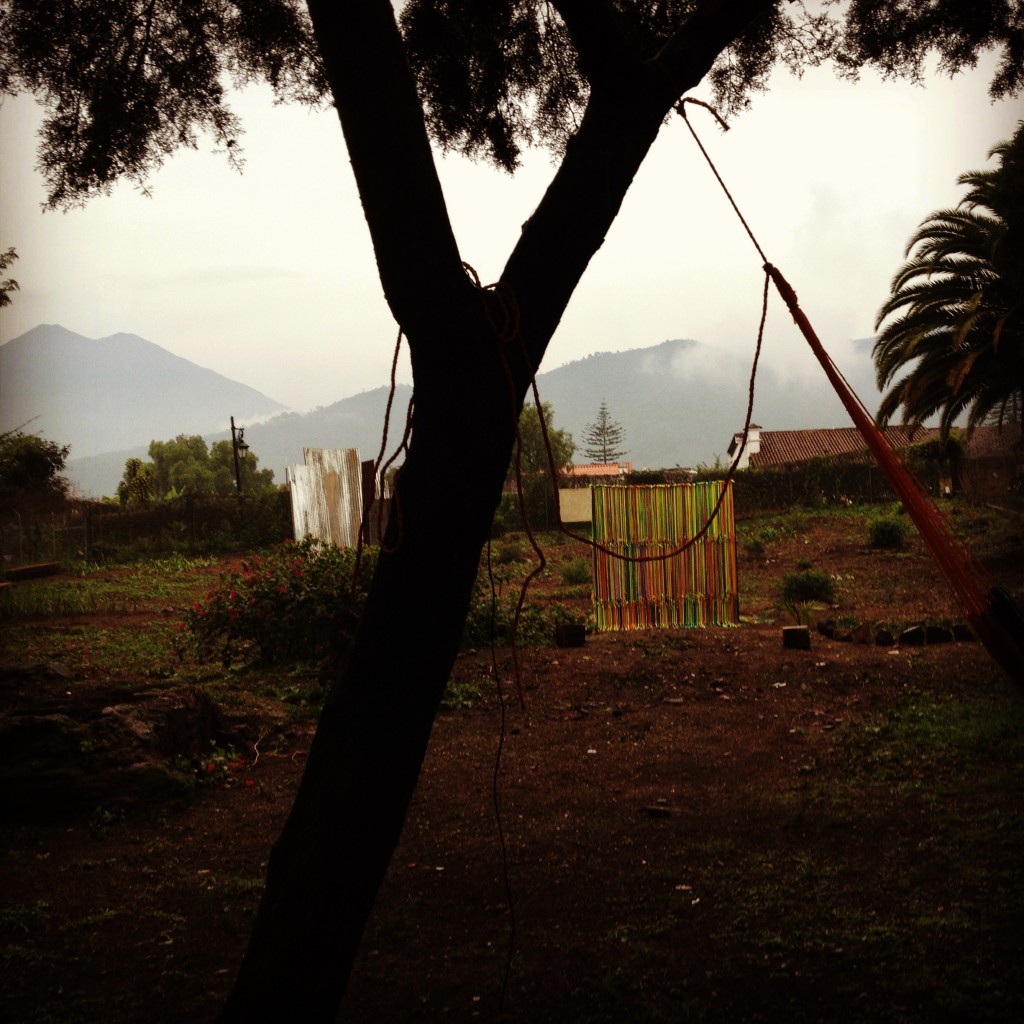
PUBLIC PROGRAM
Presentation of the results of the II Residency at Concepcion41 by
María Rondeau (Director) y Emiliano Valdés (Curator)
Sabrina Castillo Gallusser (Choreographer and Investigator, Universidad Rafael Landívar)
Movement: considering the Body
AumRak Sapper (Shamana)
Neo-shamanism: Energy, consciene, illumination (meditation in action)
Nina Samuel (Bard Graduate Center):
Theory of chaos and the role of the image as tools for thinking
Roberto Blum (Universidad Francisco Marroquín)
Formal aspects in the Sciences and Art
David Marín (Artist)
The Mirror of Winal, an oracle based on the calendar Tzolk’in
Jimena Canales (Harvard University)
Visual studies in Science
Performance by Freak
IN COLABORATION WITH


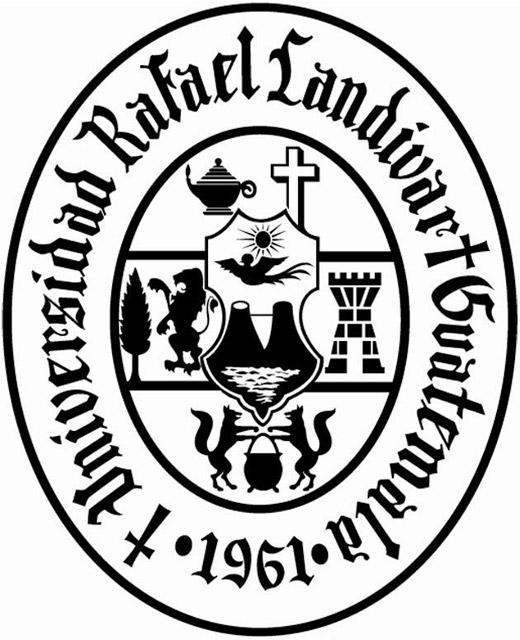
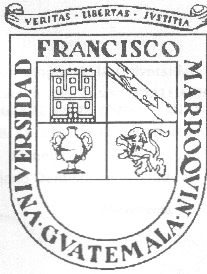
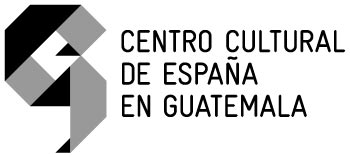
WITH THE GENEROUS SUPPORT OF
DESCRIPTION
Contrary to daily experience, art and science have much more in common that what may appear at first sight. On one hand, they share an eminently experimental nature, with investigative strategies of trial and error. In another sense, the – typically – misunderstood “creativity”, that is, the capacity to see one phenomenon from different perspectives, underlies the development, advance, and nature, of both fields.
Furthermore, both science and art seek to comprehend the universe in which we live in and propose theories – if partial, inexact and surmountable -, of the environment –both near and far– that surrounds us. In that sense, non-rational intelligence, spirituality and the notion of the sublime also plays a determining role and can be considered forms of knowledge that relate with one as much as the other.
In light of quantum physics and other scientific developments in the XX century and the beginnings of the XXI, our knowledge about reality has amplified to levels which makes obsolete the existing models that we have of relating to it. One of many theories, for example, proposes that black holes represent possibilities of Big Bangs in other universes, which implies that each point in space that responds to certain physical characteristics and the “end of time” in our universe (questions that, in general, belong to religion) only constitute the beginnings of new realities and new time(s) in other universes. An investigation of this type requires a vast capacity of comprehension and extraordinary creativity, and represents a challenge for physics and astronomy, but also for fields such as epistemology, education, and our relationship to the sublime, spirituality, and art.
This leap in scale of our understanding of the universe has provoked not only that our comprehension about reality shift, but also that we re-evaluate the tools which we have to approach it. Faced with the impossibility of completely accessing (at least for now) those vast quantities of knowledge, and in the face of the human need to mediate our relationship with reality and with the absolute (with that which is larger than ourselves), it seems natural and necessary that these branches of knowledge get together and collaborate also in their practical aspects. That is, that the arts and sciences join in their understanding of the sensible world and its translation of knowledge, that they share tools that facilitate the relationship with that which is beyond (and within) ourselves. And that it brings one nearer to the notion of “illumination”, existence in the moment, and the present place.
This process, which implies the recognition of non-rational, non-human, and non-descriptive intelligences, is also a characteristic of contemporary art wherein one can understand matter as the embodiment of experience and therefore, as intelligence. This also includes also which understand process as a method of production of experience and thus knowledge. It is precisely here where the proposal to investigate new ways of relating to the world is based, using the basic elements with which the sensible reality is constructed. If, according to quantum physics – for example-, multiple copies of ourselves exist in multiple universes, and each copy is capable of perceiving itself, perhaps art, as much as science, is a tool that, eventually, could lead us closer to the understanding of a multiverse, That is, of all the existing universes, with all our copies of ourselves. A disquieting notion that we have barely begun to approach.
It is clear that art is a process that many times originates from that which is intuitive, but that more often is recurring to scientific strategies and methods, both at investigative (epistemological), and interpretive levels (hermeneutic). Science, from its perspective, engages not only strategies that have been historically attributed to art, such as intuition and creativity, but the processes that it generates and the products it constructs are themselves imbued with beauty, imagination, and even fantasy. Spirituality has a long history in relation to art but its relation with science is less explored. It is those connections that this residency seeks to explore, help produce and strengthen.
…to stand on the meeting of two eternities, the past and future, which is precisely the present moment will conclude with a one-day seminar that shall include conversations, conferences and presentations about art and its intersection with science, experience and multiple forms of knowledge.
